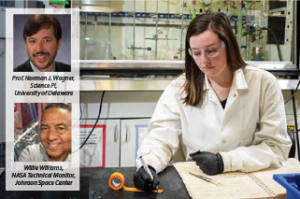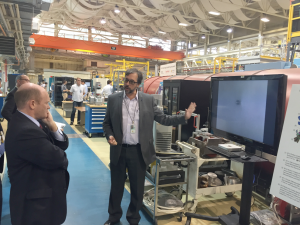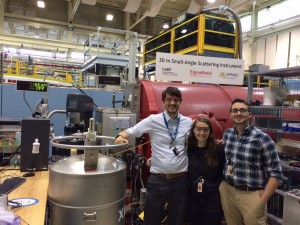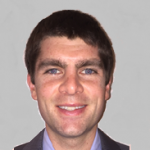
NASA EPSCoR Stimuli Highlight 2016-2017: Melisssa Gordon and Prof. Norman Wagner of the University of Delaware, and Willie Williams, NASA, Johnson Space Center
University of Delaware/NASA Johnson Space Center, Human Exploration & Operations and Space Technology Mission Directorates
As NASA propels science, technology and exploration forward, the need for spacesuits composed of lightweight, long-lived and flexible materials becomes increasingly urgent. In space, micrometeorites and orbital debris (MMOD) can compromise the air barrier of a space suit, causing pinhole punctures that are difficult to identify and repair. Our work focuses on developing healing materials capable of regenerating functionality after damage. In our approach, we are synthesizing fundamentally new, self-healing polymers in which a dynamic bond is built into the network architecture to enable a lightactivated secondary polymerization, increasing the modulus by two orders of magnitude and strengthening the network by over 100%. This work has been recently published in Advanced Materials (2015, 27, 8007–8010). We demonstrated that the material can be completely severed and then remended with increased material strength and no visible scarring. Moreover, our approach confines healing and strengthening to the damaged area; thus, an EVA suit could maintain flexibility in unaffected areas. By developing healing polymer networks, the safety and service lifetime of the material are enhanced. This material was selected by NASA to be tested on the exterior of the International Space Station in 2017 to test its response the extreme environment of outer space. See article…
Stimuli is a summary collection of college and university basic research and technology development reports impacting NASA’s earth science, aviation, and human and robotic deep space exploration programs. This document addresses research which is relevant to NASA’s mission, and currently administered by the agency’s Experimental Program to Stimulate Competitive Research.










